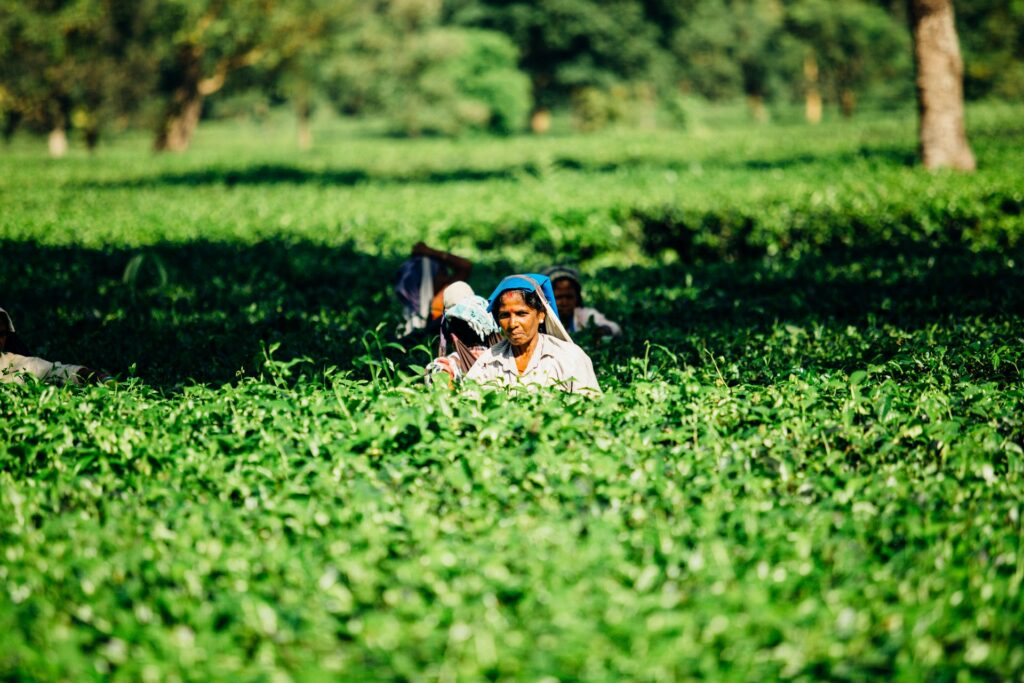The New Face of MICE after the Pandemic

By Kamal Gill, Managing Director at OptiMICE Events
What is the new face of MICE post-pandemic? Well, “it’s something old, something new, something known, something out-of-the-blue”. And that sums up how MICE has transformed during the two years of the pandemic.
As the world returns to some sort of normalcy, we relook at how MICE has evolved and how events can be done in the future.
To be successful, the MICE buyers, the event partners and destinations involved—all have an opportunity to reinvent and transform.
In this article, I would share with you how MICE operates in India and how MICE as an industry has changed forever and the way forward.
Key focus areas are:
- The impact of COVID-19 on the MICE industry
- How destinations can attract MICE events from India
- Changed corporate approach and expectations for MICE events from destinations
The impact of COVID-19
It is safe to say that the MICE industry was perhaps the most affected industry during the COVID years.
MICE stood in the eye of the storm. The safety COVID-19 guidelines at the peak of the pandemic was isolation, the nucleus of MICE business was social engagement, and that meant a shutdown of business as we knew it.
Right there during the high tide of the pandemic, we, industry players in MICE, calculated our losses and figured that if this is an economic crisis of another kind, we too need to recreate a dimension of another kind—a new digital face of MICE.
As a consequence of the pandemic, the MICE industry re-invented itself with technology, keeping in mind that the market was looking at economies of scale in a VUCA (volatility, uncertainty, complexity, and ambiguity) environment, if ever there was one.
The biggest focus of the MICE industry is to strengthen relationships, build trust, and develop strong bonds between allied organizations, industries and individuals. The new face of MICE is now a given because it reached out in its digital version into homes and hearts, building communication, engagement and business opportunities.
The India’s MICE industry in 2022

Despite two-year COVID hiatus, India’s massive outbound MICE and business travel market has a potential value of reaching approximately USD 93 billion by 2030, and a resurgent outbound tourism market worth USD 45 billion.
In 2022, with a receding pandemic, the MICE industry has leap frogged in its development from digital to physical events—and is now fully prepared to bear the brunt of new demands—from anticipating sudden events, last-minute bookings, rapid change in laws, and overnight crisis resolutions, to creating bubbles of health and security standards not seen on this scale anywhere.
MICE is finding its feet, albeit with limited travel and limited resources to deliver the best.
India’s MICE industry is very much in keeping up with the global industry trends forecast. According to the 2022 Global Meetings and Events Forecast Report by American Express , nearly two-thirds (64 percent) of MICE planners said they would rank their optimism level as 8 or higher. They expect 81 percent of 2022 events in the region to include an in-person component.
In-person meetings and destinations that took a leap of faith
In India, physical meetings and events are poised for robust growth as early as March 2022 and it is no exaggeration to say that there will be a sharp increase of such events in the window of safety that has just opened.
An example of this would be the Amway MICE trip to Turkey from India with 1400 direct sellers of Amway India who travelled on five charter flights by Turkish Airlines.
India’s MICE events in 2022 are likely to have a 90 percent in-person attendance and the hybrid element will be a facility for increasing attendance.
MICE events in India are projected to grow in 2022, with an 80 percent component of domestic events leading the spike. Outbound travel for MICE will see a start as early as mid-2022, with a majority of outbound planned in the first quarter of 2023.
Another indicator of industry health is that 50 percent of companies who are strong MICE players have healthy budgets for 2022-23. Several companies confirm that outbound travel for MICE is a preference amongst all attendees but caution and sustainability are companies’ imperatives.
Short-haul destinations have an advantage
Due to lessons learnt from the pandemic, the start of MICE is likely to be centered around short-haul destinations from India with a four-hour flying time, which fits in the early budget estimates. Countries likely to benefit from this trend would be Dubai, Turkey, Thailand, Singapore, Sri Lanka, Malaysia, Nepal, Bhutan, Indonesia, Mauritius, Cambodia and the Maldives.
Destinations like Singapore, Korea, Monaco, and Dubai are remarkable instances of sustained virtual MICE engagements with the Indian market through the COVID years. These countries were also among the first to conduct physical MICE events, participate in in-person shows and demonstrate their eagerness to build business bridges. These destinations are well positioned to close planned MICE events to destinations during 2022.
Medium- and long-haul destinations are in the spotlight
This is not to say that long-haul destinations will not see good business.
An instance of a strategic outreach from a long-haul market is South African Tourism, which began a series of physical events—road shows, cultural events and corporate meetings—as early as the first week of March and continued its engagement till the last week of March in India. This early-bird approach is likely to reap dividends for the destination.
Monaco, Switzerland, France, Germany, Australia, New Zealand, and North America are other destinations with active virtual engagement during the lockdown years.
Monaco in particular has remained consistent in its outreach program, was among the front runners with physical MICE and other engagement activities and is the dark horse that can walk away with high-end MICE and luxury events in 2022-23.
How destinations can attract MICE events out of India

To welcome MICE events, destinations have focused on bringing in a fresh approach to safety and health issues, reworking policies with airlines, airports and attractions and personalizing the experience.
Developing a risk management framework for MICE events is today’s key in selling a destination to MICE groups and resuming MICE events in any country.
Most corporate houses today are working on pilot domestic MICE events in places like Goa, Jaipur or even hill stations like Rishikesh or Mussoorie, even as they prepare to start outbound travel with groups ranging from 70 to 300 in the last quarter of 2022.
From a destination’s perspective, it becomes imperative that it extends everything from a single point division to handle enquiries, communicate health advisories, ensure speedy visa clearance and go all out to close MICE business so as to take advantage of ‘windows of safe travel’.
Destinations have also been quick to read the pulse: Less-crowded locations offering great outdoors, adventure activities and immersive experiences are at the forefront of offerings.
To remain as a front runner among MICE destinations, the following added advantages will help:
- Destinations with several direct flight options and large convention hotels to accommodate all delegates in one hotel is a preference
- Comparative destination offerings and value for money proposition
- Bidding support
- Site inspection
- Conference planning support
- On-site services
Changed corporate approach and expectations for MICE events from destinations

From a corporate MICE perspective, there are several new factors that have come into play.
The corporate purchaser needs new skills to address the evolving MICE requirements. He can no longer simply outsource travel arrangements to his trusted agency but needs to be personally involved in every process along the way.
The MICE purchaser now needs to be a stickler for standards, procedures and processes; dig deep into clauses and contracts; and secure a trip with his agent or event planner that is fully ensured for safe travel.
Priorities and concerns of India’s MICE buyers as of today revolve around:
- Smaller windows of travel (so time is precious when planning a trip)
- Direct flights preferred for saving time and safety considerations
- Being stuck for a day in a hotel awaiting RT PCR result as a waste of a day
- Funds available for the MICE trip
- Vaccination and health protocols at destination
- Hotel audits for hygiene and vaccination, etc.
- Infection status and quarantine policies of destination
- Medical facilities at destination
- Doctor visit for group
- Insurance deliverables from company/airline/destination
- Ensuring a great experience in smaller funds
- Facilitation and support from destination
- Creation of niche and memorable events
- Preference for a less-populated location for MICE
- Relatively smaller groups
- Series of smaller groups as a new format
Finally, industries that are in a healthy shape despite the economic downturn due to COVID and have good budget allocation for MICE events in 2022 and ahead include:
- Health
- Insurance
- Pharma
- Cement
- Textiles
- Paint
- FMCG
- Electrical Appliances
- Financial services
In conclusion, the India’s MICE industry is awaiting a green light to begin activities.
As of March, 2022, India reported an all-time low number of COVID infections. Upbeat and optimistic, the country is looking forward to resumption of international flights from 27 March. Industry players are planning with their MICE teams to take advantage of windows of safety with MICE events already in place domestically and short-listed outbound destinations for due diligence.






Responses